Podcast 583: Dehumidification vs. Ventilation, Downsides of Advanced Framing, and Ducting Heat-Pump Water Heaters
Gas stoves, tool batteries, material prices, controlling humidity in efficient homes, advanced framing, and ducted heat-pump water heaters.
Follow the Fine Homebuilding Podcast on your favorite app. Subscribe now and don’t miss an episode:
 |
Help us make better episodes and enter for a chance to win an FHB Podcast T-shirt:
www.finehomebuilding.com/podcastsurvey
Brian has more data on gas stove pollutants. Francis doesn’t believe tool batteries talk to tools and chargers. Doug liked hearing about Mark’s new house. Evan needs a better HVAC tech. Mark wonders about downsides to advanced framing. Ed wants to duct his heat-pump water heater.
Editor Updates:
- Mark’s house update and in-law’s deck
- Sam’s drywall
- Patrick’s drywall and LED strips
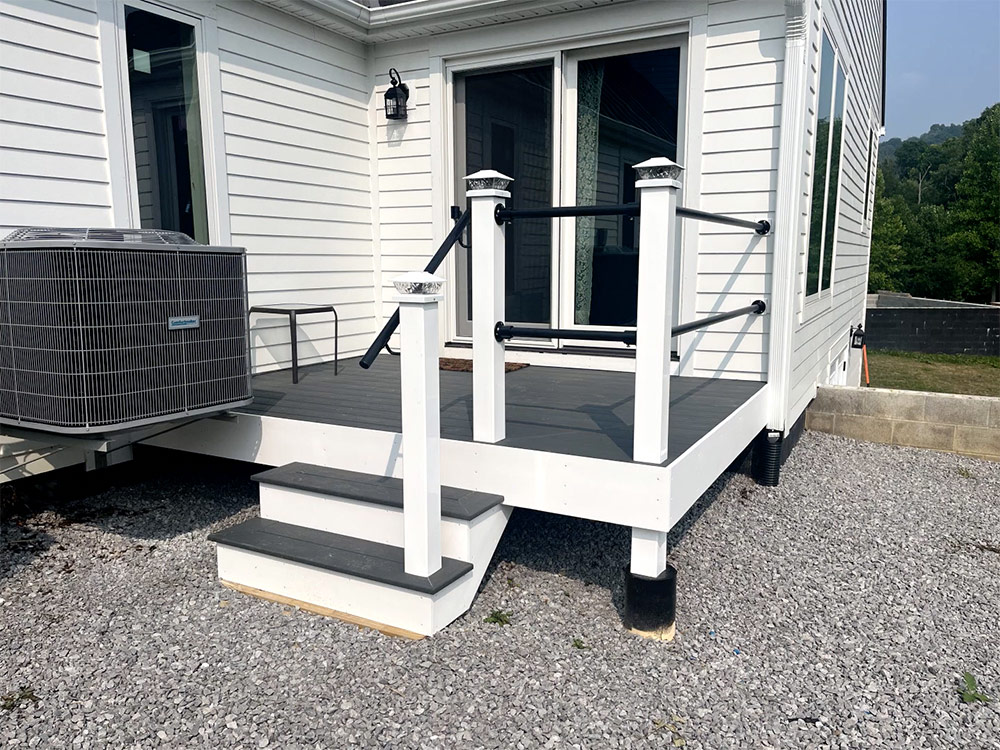 |
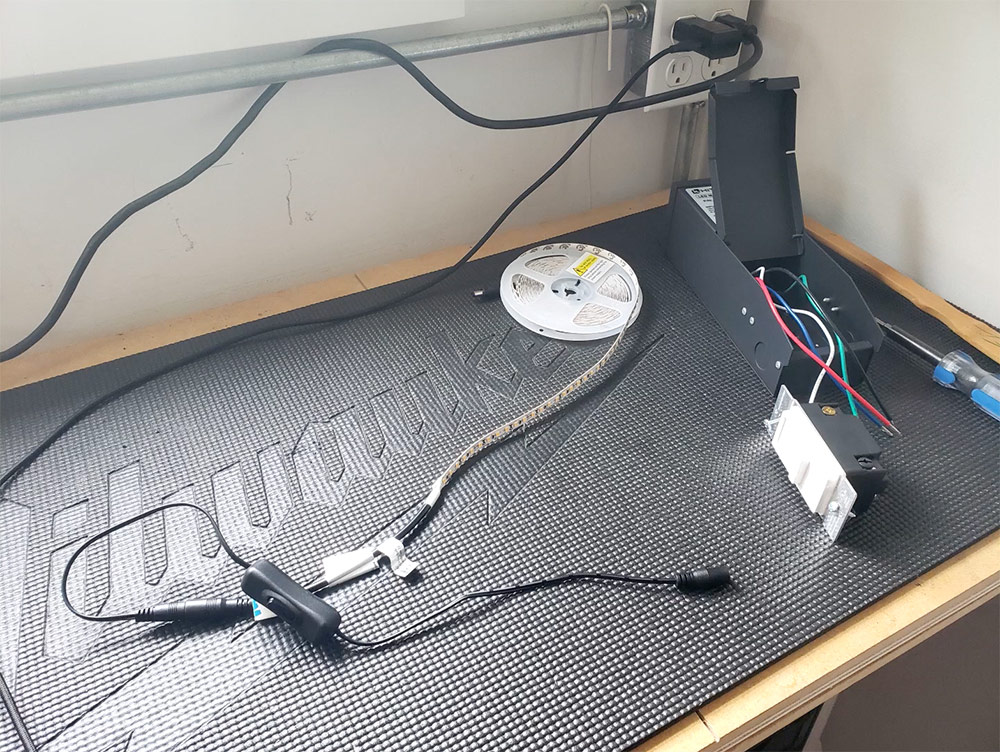 |
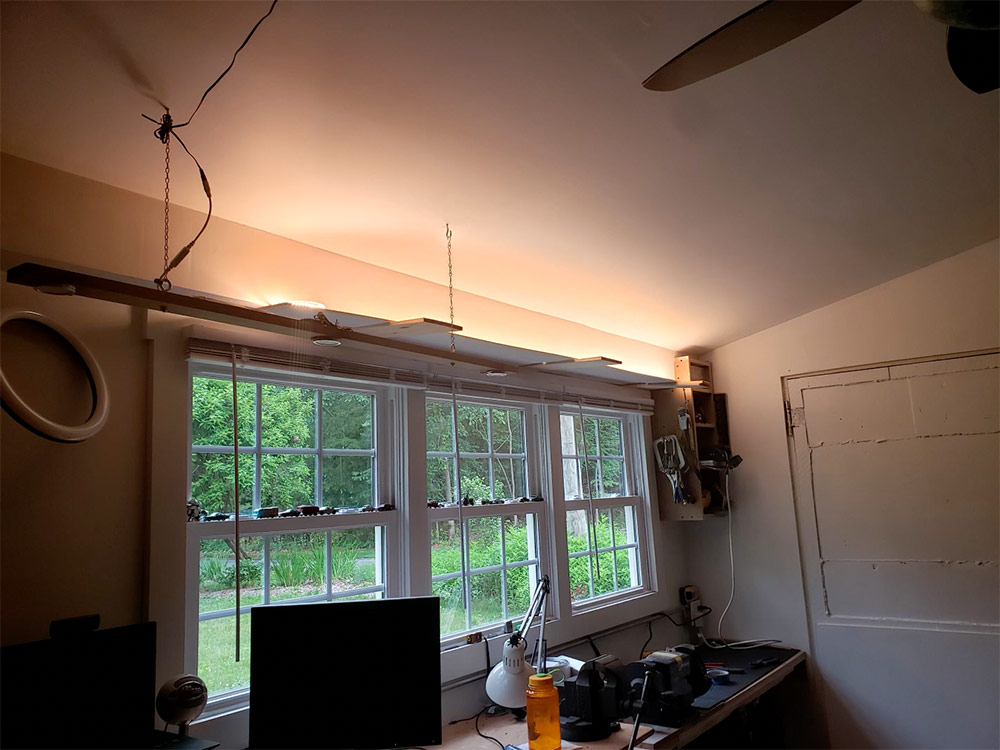 |
Listener Feedback 1:
BT writes: Hi FHB crew. I just finished episode #575 and wanted to chime in on the last segment about venting stoves. Ian didn’t like the NYT article, and I understood his point that we should compare against the pollution emitted by non-combusting appliances. Lucky for us that research is emerging. Here’s an NPR story summarizing a recent study that sought to measure whether benzene emissions came from the combustion heat source or from the food being cooked.
Researchers also tested whether cooking food—pan-frying salmon or bacon—emits benzene, but they found all the pollution came from the gas and not the food. That’s important because the gas industry often deflects concern about pollution from its fuel to breathing problems that can be triggered by cooking fumes.
So basically, they made dinner on combustion stoves and induction stoves, and only the combustion stoves emitted benzene. The researchers also looked into whether hood fans meaningfully vent the benzene. My takeaway is that ventilation reduced the benzene some, but ventilation wasn’t a true difference-maker.
Love the show! Hope this info is helpful.
Related Links:
- Breathe Easy With the Right Range Hood
- GBA.com: The Two Main Flaws With Kitchen Ventilation
- GBA.com: Are Gas Stoves Bad for Your Health?
Listener Feedback 2:
YouTube Francis writes: There are only two pins on every battery tool that I have seen. These two pins are DC and have no communication. Only the charger has more than two pins.
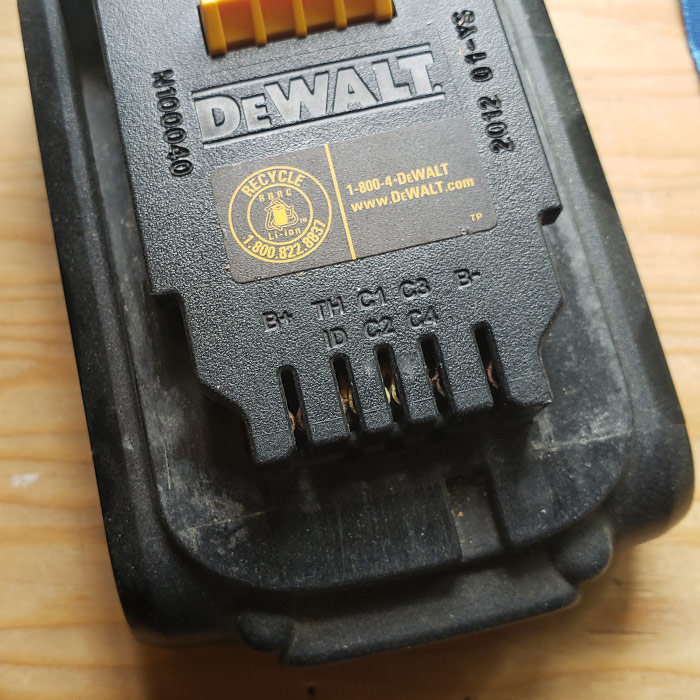 |
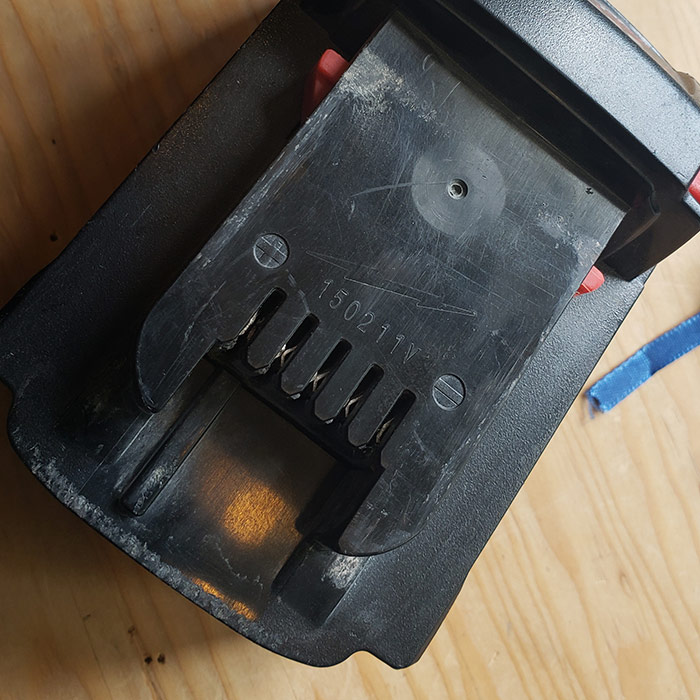 |
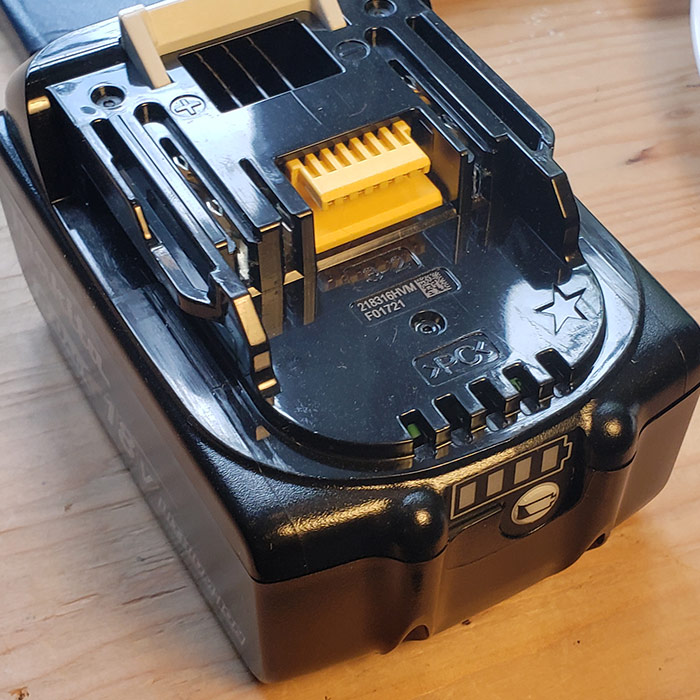 |
Listener Feedback 3:
Doug from CO writes: Hi all,
I enjoyed Mark’s tale of building his new house (571 Aftershow). Anyone who has gone through the process of doing your own building can relate. I was dismayed at the materials cost he experienced. In the summer of 2010 when I was ready to sheath my roof, I was upset because 5/8 OSB had jumped to $13 a sheet. That seems like quite a bargain now. Having moved in long before the house was finished, I would say to Mark…It will all be done someday.
Doug
Question 1: What is the best ventilation system for high-humidity zones?
Evan Bache-Wiig writes: Hello FHB team,
I really enjoyed your discussion about ventilation. It’s a huge topic that’s largely misunderstood by homeowners and professionals alike, and I’m struggling to find professionals in the HVAC industry that are knowledgeable, capable, and willing to help consumers.
They’re so swamped with regular business that they often don’t have the time to dedicate to educating and helping consumers over the long term when they are trying to retrofit ventilation and solve IAQ problems.
I was talking to a custom home builder friend this week who pulled out his ERVs because of humidity issues in his new tightly built house and replaced them with ventilating dehumidifiers to manage the climate zone 3A humidity.
We were wondering if our local industry is a bit misguided in promoting ERVs given how much humidity our houses have to deal with here in the Dallas-Ft. Worth area. It seems to me that ventilating dehumidifiers are the best/only way to go. What are the problems with using a ventilating dehumidifier, which is putting the house under positive pressure rather than the balanced ventilation of an ERV?
I would love to hear y’all thoughts on balanced ventilation with an ERV versus a ventilating dehumidifier for my climate zone and those similar.
As an aside, I often talk about the importance of ventilation with my clients, but it’s hard to sell the idea to them of a system that is going to cost multiple thousands of dollars when they have no obvious health effects. How should we as industry professionals talk about ventilation with consumers?
Keep up the great show!
Evan Bache-Wiig
All Mold Pro
Dallas, Texas
Related Links:
- Dedicated Dehumidification
- Indoor-Air Quality and Ventilation in Hot-Humid Climates
- Breathe Easy with Balanced Ventilation
Question 2: Are there disadvantages to advanced framing?
Marc writes: Hi Podcast Team,
Over the years, I’ve seen numerous articles and references on the show to the advantages of using advanced framing techniques. I wonder if there are hidden problems or risks of potential problems or risks as a homeowner starts modifying the building later on. For example, putting in a larger window on the second floor changes the load path down to the first floor. My guess is that there are many out there who would make a change like that without consulting an engineer or investigating how the floor below has been framed.
Also, with less framing in the walls and around openings, how are people installing trim, hanging curtain rods for drapes, and anchoring things securely to walls when studs are more scarce? Even 16-in. spacing makes that a challenge at times. Where you might catch one stud for a TV wall bracket with a conventionally framed house, you may only have Sheetrock in the advanced-framed house.
Maybe I’m overthinking it and it is not a problem. I’m sure it’s not a problem for me because I’m in an old house with its own bundle of eccentricities!
Related Links:
- Expert Session: All About Advanced Framing
- Advanced Wall Framing
- GBA.com: The Pros and Cons of Advanced Framing
Question 3: Can I add ducting to the heat-pump water heater for heating and cooling my house?
Ed writes: Hi FHB podcast crew,
I look forward to your weekly podcasts, special podcasts, and aftershow podcasts. Thanks for all the invaluable information on residential construction and enhancements! As a retired engineer—and now part-time handyman—I enjoy the discussions on a wide variety of topics in your shows.
I installed a heat-pump water heater last summer, when my 35-year-old, oil-fired boiler “bit the dust,” and I decided to no longer heat my domestic hot water with the coil in my boiler. Thus far, the experience with the water heater has been very positive, especially with the $1,000 instant rebate that defrayed the initial costs.
Thanks to the heat-pump water heater, my basement remains quite cool and dry due to the cooling and dehumidification, and I no longer run a dehumidifier—at least to this point in the year (the last week of June in Dutchess County, NY).
Do you have any recommendations regarding the ducting of intake and exhaust from the water heater to cool the upstairs of my home in summer? Also, for the winter months, any thoughts and recommendations regarding ducting schemes?
I should mention that for AC I just use window units. I am thinking about installing a heat pump or two, but want to learn more about HVAC and make my log home (Patrick’s favorite) more energy efficient, in order to properly size a heating and cooling solution for my house in the not-too-distant future.
Regards…Ed
Related Links:
- Planning a Furnace-to-Ducted Heat Pump Retrofit
- Top 10 Water-Heater Code Violations
- A Geothermal Heat Pump Takes Care of Heating and Cooling
END NOTE:
Podcast 581: Members-only Aftershow — Drywall: Construction’s Unsung Hero
The team talks about materials and finishing techniques that help interior walls work and look best.
Check out one of our latest Project Guides: Energy Retrofit!
Check out our FHB Houses:
Visit the Taunton Store • Magazine Index • Online Archive • Our First Issues • All Access
Help us make better episodes and enter for a chance to win an FHB Podcast T-shirt: www.finehomebuilding.com/podcastsurvey

If you have any questions you would like us to dig into for a future show, shoot an email our way: [email protected].
If we use your question we’ll send you a FHB Podcast sticker!
FHB Podcast T-shirts!
Represent your favorite podcast! Available in several styles and colors. Made from 100% cotton. Find the Podcast t-shirt and more cool products in the Fine Homebuilding Store.
| Fine Homebuilding podcast listeners can now get 20% off anything in the Taunton store, including Pretty Good House.
Use the discount code FHBPODCAST to take advantage of this special offer. |
 |
“Finally, knowledgeable people talking about building reasonably-sized, high-performance houses for normal people with real budgets!” — DanD, VA, 8/19/22, Amazon.com review |
We hope you will take advantage of a great offer for our podcast listeners: A special 20% off the discounted rate to subscribe to the Fine Homebuilding print magazine. That link goes to finehomebuilding.com/podoffer.
The show is driven by our listeners, so please subscribe and rate us on iTunes or Google Play, and if you have any questions you would like us to dig into for a future show, shoot an email our way: [email protected]. Also, be sure to follow Fine Homebuilding on Instagram, and “like” us on Facebook. Note that you can watch the show above, or on YouTube at the Fine Homebuilding YouTube Channel.
The Fine Homebuilding Podcast embodies Fine Homebuilding magazine’s commitment to the preservation of craftsmanship and the advancement of home performance in residential construction. The show is an informal but vigorous conversation about the techniques and principles that allow listeners to master their design and building challenges.
Other related links
-
- All FHB podcast show notes: FineHomebuilding.com/podcast.
- #KeepCraftAlive T-shirts and hats support scholarships for building trades students. So order some gear at KeepCraftAlive.org.
- The direct link to the online store is here.
































